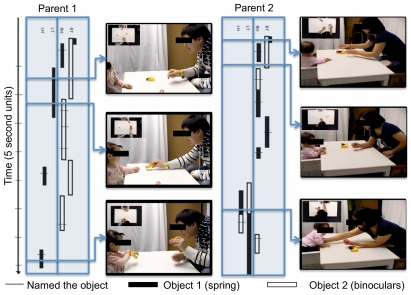Figure 4. Representative data from two parent-child pairs in Experiment 6.
Blue blocks show the time course of the object positions over a 45 second section of the interaction (starting at the top of the figure). Black bars refer to object 1 (binoculars in these examples), white bars refer to object 2 (spring in these examples). Hash marks across bars indicate naming. Right-left spatial position of the object is coded from the child's perspective as in the parent's hand on the left (LH), in the parent's hand on the right (RH), on the table to the left (LT) or on the table to the right (RT). Screen shots from recordings are provided to illustrate the placement of objects at the point of the interaction indicated by the arrow. Insets in pictures are from the overhead cameras. As can be clearly seen, parent 1 kept the objects clearly separated—the binoculars (black bars) are kept on the child's left and the spring (white bars) is on the right. In contrast, parent 2 did not maintain a consistent spatial segregation of the objects. Rather, early in this segment (top of blue block) she kept both objects on the child's left. Later (bottom of blue block) she switched both objects to the child's right side (bottom of figure). Data from the comprehension test reveal that children of parents who kept the objects segregated, like parent 1, learned the words best (see main text).

